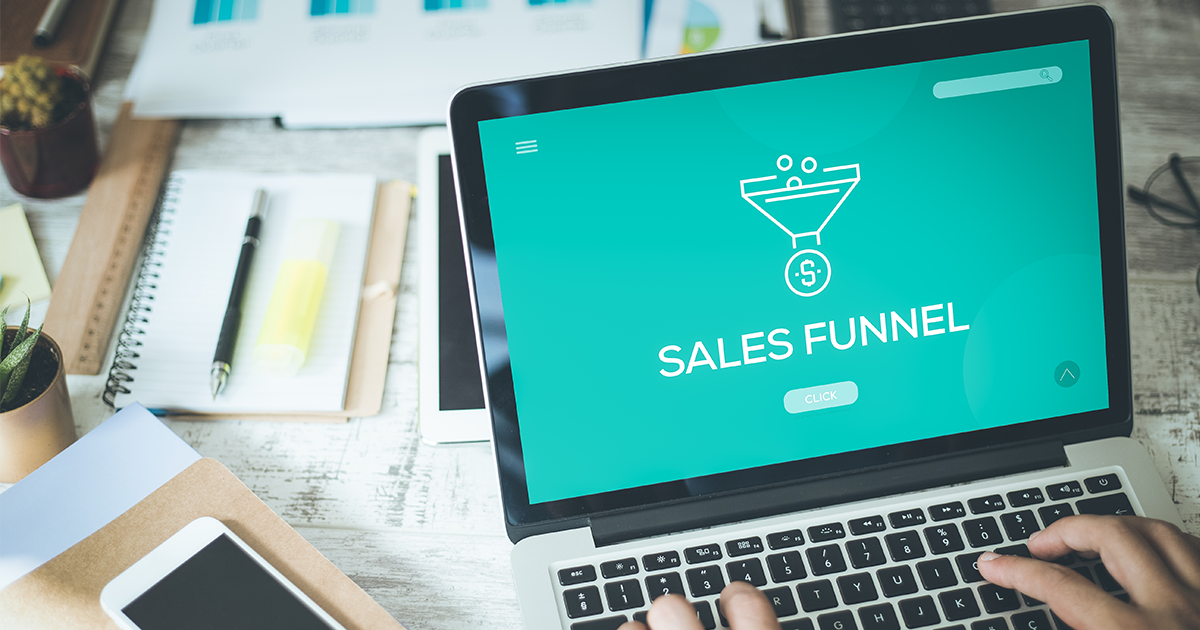
Anyone who has explored the world of marketing has come across “funnel” a few times. It is a very popular word, often used in tutorials, guides, etc., but what does it really mean and how can it impact a business? This article provides a concise guide to the marketing funnel and how it works.
What is a Marketing Funnel?
A marketing/sales funnel describes a customer’s journey from initial contact to final action. This journey can vary depending on your goal so for some companies, it can be subscribing to a newsletter while for others it can be hiring a service. This tool tracks a prospective customer’s steps during their journey without including any deviations; you just see a straight line between initial contact and final conversion.
How Does the Funnel Work in Real Life?
A marketing funnel looks similar for both e-commerce websites and brick-mortar stores. Prospective customers are reeled into your brick-mortar store by signage, advertisement boards, window displays, etc., which is its first step. After that, prospects browse through different items, look at price tags, feel materials, and decide if they want any products. They then proceed to the checkout counter for making a purchase.
Sales funnel in e-commerce category works similarly, only the transactions are online and it’s easier for prospective customers to become distracted by other content available online. You must work harder to retain their attention.
What are the Aspects of It?
In the most basic terms, there are three aspects of a marketing funnel; lead generation, lead nurturing, and conversion. Here’s a brief look at all sections:
- Lead Generation – This involves attracting prospective customers through ads, calls, promotional content, and similar strategies. You catch their attention and compel them to visit your website or store.
- Lead Nurturing – When prospective customers are in your store, it’s time to convince them buying is a good idea. Salespersons do that in stores while content nurtures a lead online. You are likely to lose most of your traffic at this stage.
- Conversion – This is where customers decide which product or service suits their requirements before making a purchase. It is the narrowest part of any funnel so most people will leave before they convert.
The process starts with marketing campaigns, after which prospective customers go through awareness, interest, evaluation, commitment, and sale.
How Does Studying It Benefit Your Business?
Studying the funnel lets you know where you are losing customers. For example, if customers leave during lead generation stage, you might need to alter ads, landing pages, content, and similar lead generation tools. If they leave during conversion, it’s a good idea to evaluate your sales process to determine why it failed to convince prospective customers. Studying a funnel is an important aspect of analytics and if you don’t do it regularly, competition will race ahead.
A sales funnel gives you clear insight into customer behavior, describing how they get from point A to point B. It’s a good idea to study them at different points of your marketing campaigns. If you are not reaching the bottom of the funnel with your business and would like to change that to increase your conversions give the ESB team a call today!

